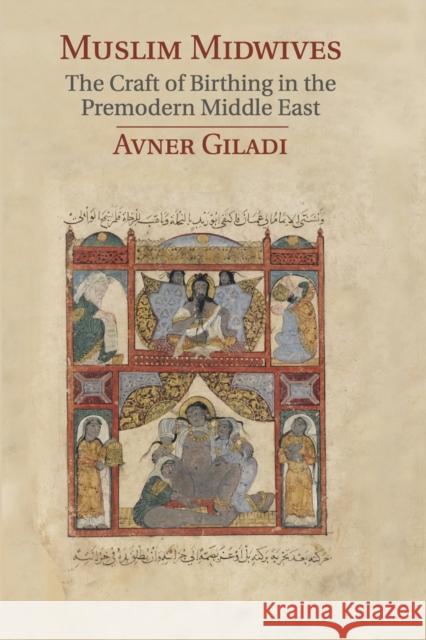Muslim Midwives: The Craft of Birthing in the Premodern Middle East » książka
topmenu
Muslim Midwives: The Craft of Birthing in the Premodern Middle East
ISBN-13: 9781107646810 / Angielski / Miękka / 2018 / 208 str.
Muslim Midwives: The Craft of Birthing in the Premodern Middle East
ISBN-13: 9781107646810 / Angielski / Miękka / 2018 / 208 str.
cena 154,17
(netto: 146,83 VAT: 5%)
Najniższa cena z 30 dni: 140,99
(netto: 146,83 VAT: 5%)
Najniższa cena z 30 dni: 140,99
Termin realizacji zamówienia:
ok. 22 dni roboczych
Bez gwarancji dostawy przed świętami
ok. 22 dni roboczych
Bez gwarancji dostawy przed świętami
Darmowa dostawa!
This book reconstructs the role of midwives in medieval to early modern Islamic history.











